Project Analysis is the disintegration of a project into individual constituents such as steps, activities, phases, or milestones, followed by an examination of these constituents to determine if they are within the expectations or predetermined constraints that guarantee the success of a project.
The analysis looks into all the elements of the project and gives an update on the progress of the same.
Every project is designed and implemented with set estimates in terms of resources such as time and funding (budget). Such aspects of a project, to a great extent, influence whether the project meets stakeholder expectations in terms of completion time, functionality, and ROI (Return on Investment). This is why these success factors must be monitored throughout the project cycle using project analysis to monitor progress and ensure the original objectives are being met at each stage.
A project analysis helps identify or detect problem areas in the project execution or hindrances to its success and identify corrective actions or find ways to mitigate the associated risks. It is an essential tool for budgeting; it ensures that a project operates within predefined budgetary constraints as well. Also, it prevents delays in the project plan and schedule as issues can be detected and resolved before time. Periodic analysis expedites the monitoring and evaluating process at the end of a project. Previous analysis reports can be reviewed when conducting the final overall project analysis to determine if the project met its objectives.
Downloadable Templates
Download professionally designed project analysis templates from our site.



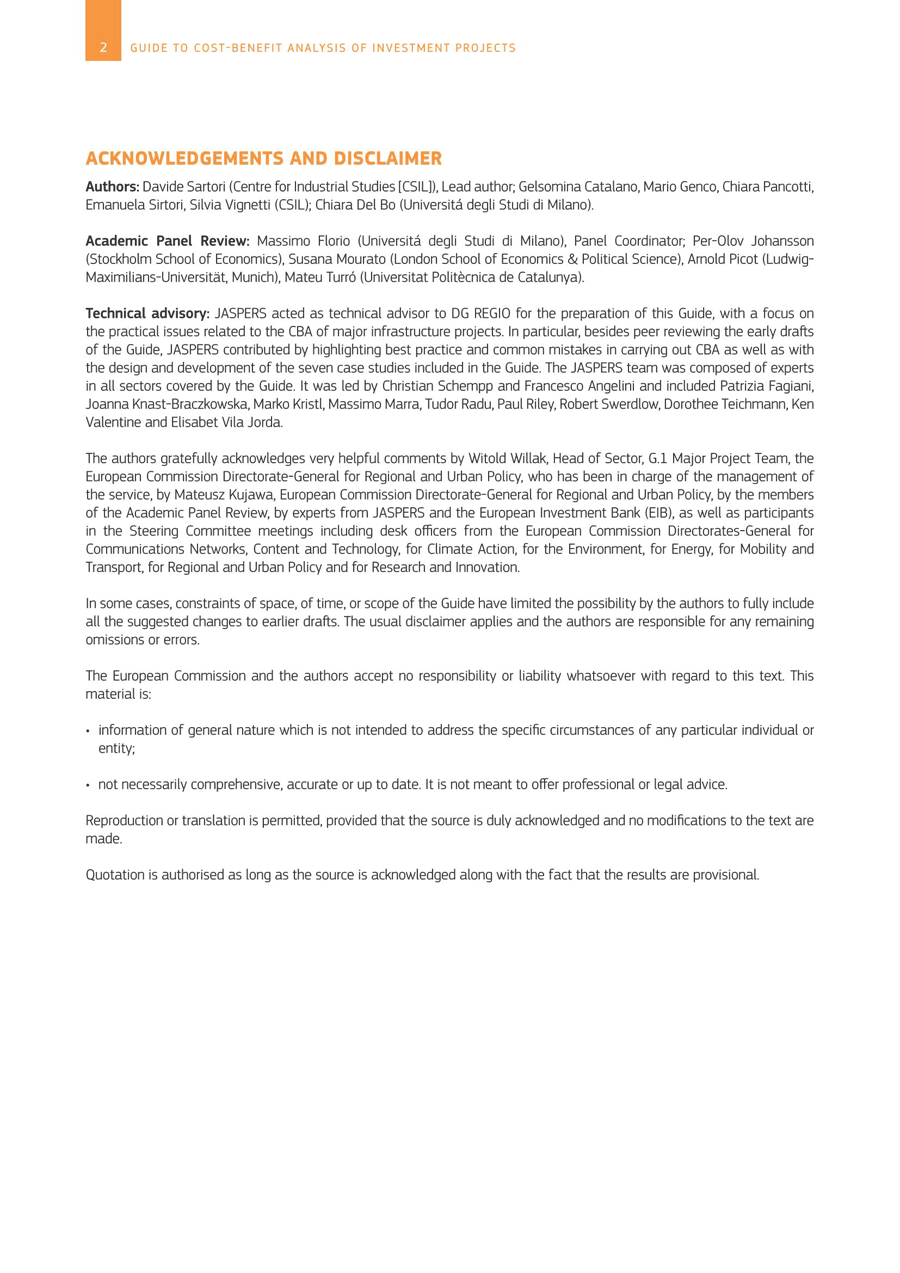
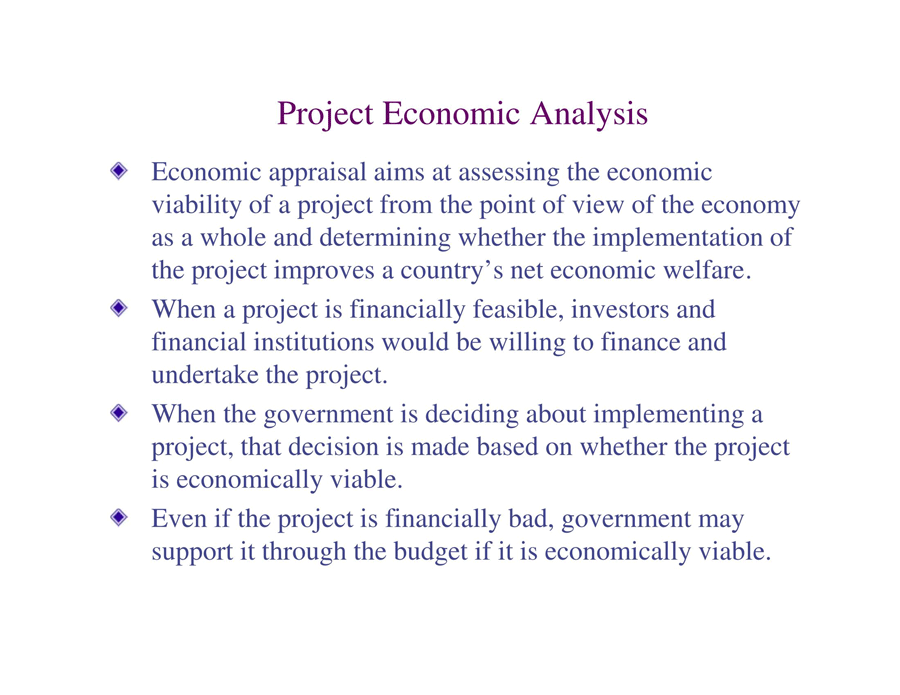


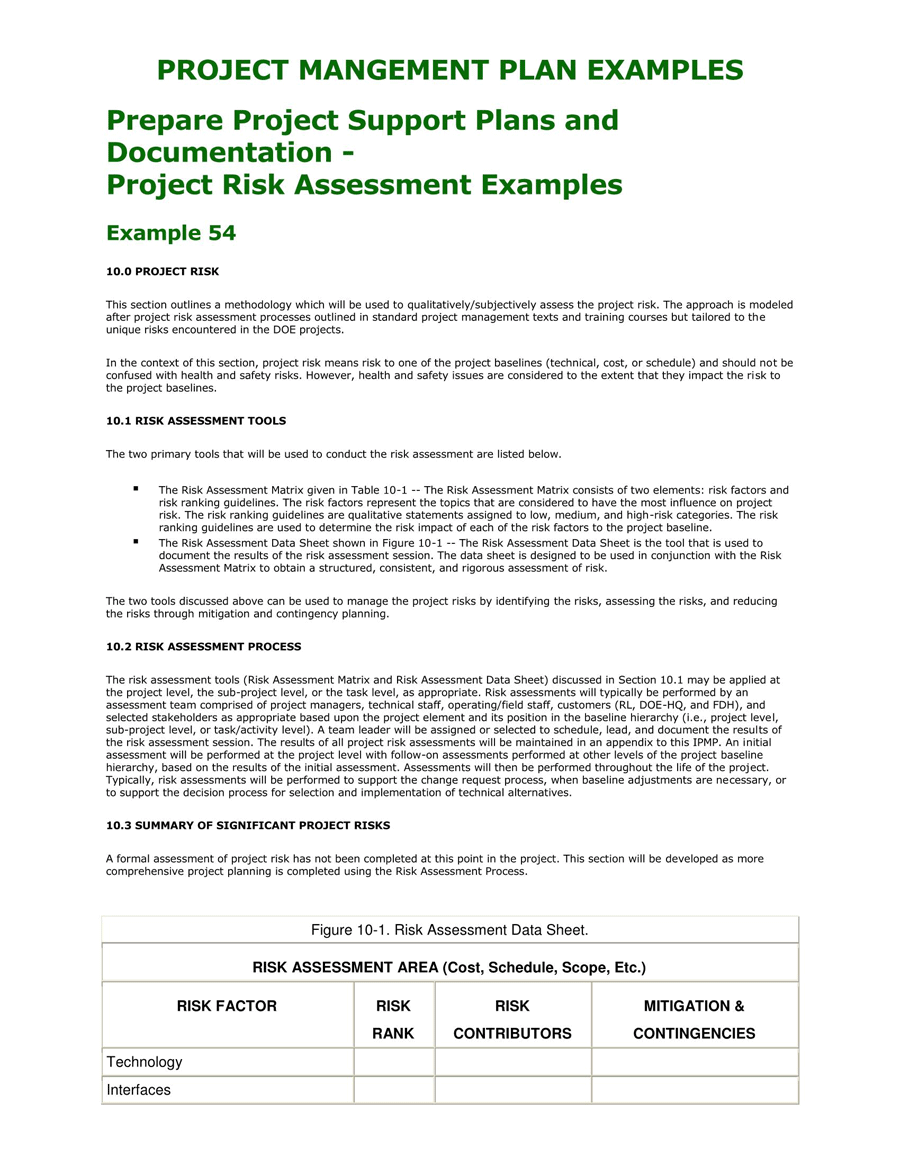






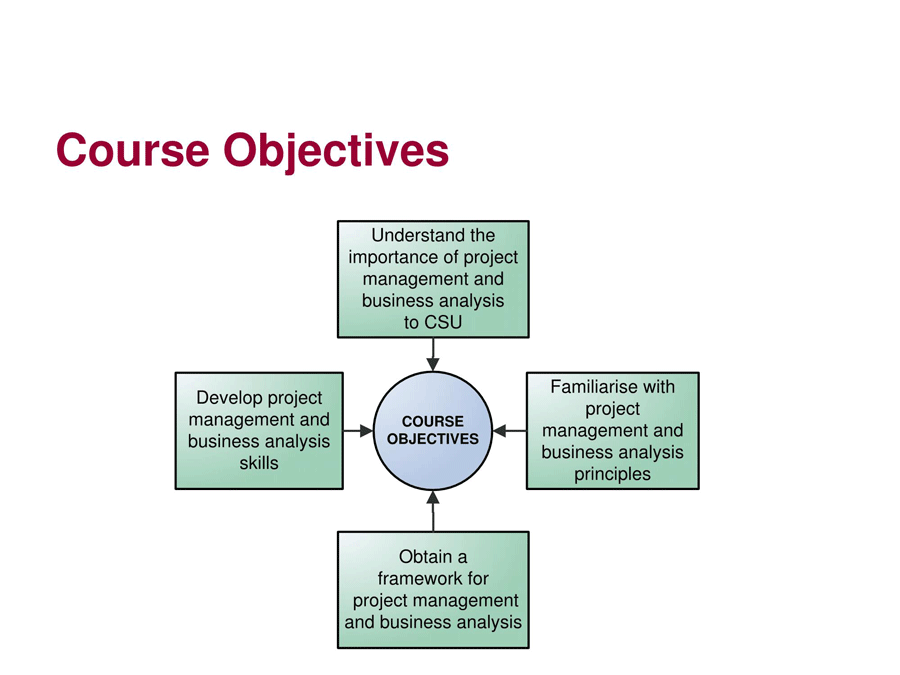
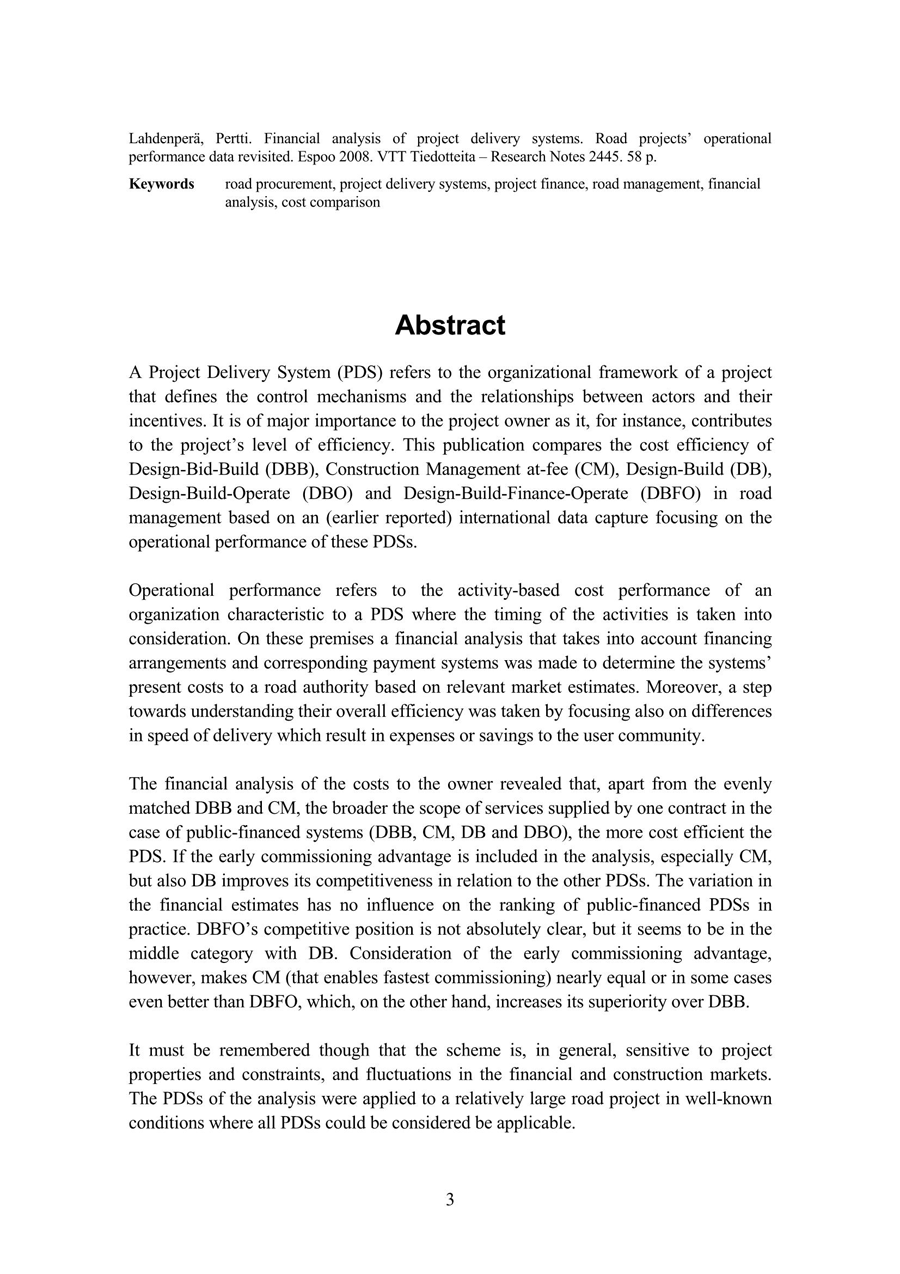
How it Works
Objectivity is one of the many elements of the analysis. Also, each analysis ought to have a methodology, timing, duration, schedule, and success indicators that determine the efficacy of the analysis. All these analysis elements are combined to create a framework that lets project managers know areas that are well on track and those that need improvement.
Below is a guide for conducting a project analysis:
Gather background information
The initial step in carrying out the analysis is collecting enough information that can be evaluated to give a conclusive report. When collecting information, the factors to consider are the department being analyzed and the potential factors that can affect the project. An analysis can be conducted for sales, marketing, production, business strategy, business campaign, etc.
By understanding the department or domain of the project, internal pressures can be identified and documented. It is also important because it facilitates the smooth flow of subsequent steps/processes and allows a more holistic analysis as relationships between domains can be established early on when collecting background information.
The factors that impact the progress of a project can be determined using a PESTLE analysis or Porter’s Five Forces framework. A PESTLE analysis looks into the political, economic, socio-cultural, technological, legal, and ethical external factors that can potentially impact the project. A porter’s five forces framework collects information on the business’s industry competitors, substitutes, new entrants, customers, and suppliers’ impacts on the project.
Reviewing the project report glossary terms and system and process records can also help collect information and know what to research. Since project analysis is heavily dependent on data and information, gathering background information helps determine if there’s enough information related to the domain or department so that necessary steps like research can be taken if the information is insufficient.
Identify key stakeholders
Next, the key stakeholders of the project have to be identified and documented. Key stakeholders are primarily the decision-makers and entities whose expectations are prioritized in the execution of the project.
The list below highlights probable common stakeholders on business projects:
- Investors: Individuals provide the resources, primarily funding, thus giving them equity or interest in the project. They include owners, shareholders, trustees, and any other investor.
- Managers: People appointed to oversee project implementation and monitor its progress. There are senior and mid-level managers depending on the scale of the project.
- Target audience: The target audience is people expected to benefit from the deliverables of the business project. Depending on the type of project, the target audience can be customers, partners, investors, etc. The end products are designed to fulfill their needs.
- Employees: Individuals who are assigned different tasks within the project and are being compensated for doing so. Examples include analysts, developers, technicians, drivers, etc.
- Suppliers: Suppliers are people or entities that offer specific products or services that will be utilized to complete tasks within the project.
- Partners: Partners are individuals or entities that offer support products or services, either at one point in the project execution or throughout the project.
- Competitors: Entities/businesses that offer the same end product of the project or products or services the business specifies in.
- Regulators: Authorities that govern any legal or regulatory aspect of the project and business. Examples include state, and federal laws, health regulators, environmental regulators, etc.,
Establish the business strategy and objectives
Once all key stakeholders have been documented, develop a project analysis strategy, create its objectives, and document this information. Having a solid plan/strategy helps project analysts and managers have a well-defined pathway to what they would like to achieve.
The analysis objectives can be developed by bench marking competitors, peers, and industry leaders, conducting a SWOT analysis holding meetings with stakeholders and team members, and brainstorming. Ensure that the objectives are specific-S, measurable-M, achievable-A, realistic-R, and time-bound-T (SMART). Once defined, they should be documented on a project analysis objectives list and shared with all stakeholders.
Evaluate available options
After the objectives have been defined, evaluate the options (methodologies) available for conducting the analysis. When choosing the right methodology, each can be evaluated based on the following criteria – budgetary constraints, feasibility, associated ROI (return on investment), and the business case in question.
The safest option is the critical path which assesses all the priority factors or elements of the analysis while achieving the same predetermined results or objectives. Different options will have different requirements, which means different consumables and resources. Hold focus and brainstorming group meetings to determine the best option for the process.
The meeting’s objective should be to shortlist the few viable options for the project. Examples of options that can be implemented to resolve challenges in a project include replacement through purchase, enhancement/repair of existing solutions, building a new system, or integrating several systems.
Take into consideration the feasibility, timeframe, budget available, and efficacy. Compare the alternatives and settle on the best available option. Comparison can be made by conducting a cost-benefit analysis, impact analysis, and risk analysis for every methodology. The methodology with the highest benefits, less risk, and most positive impact should be selected. However, the business can rank these elements (cost, benefit, risk, and impact) in order of priority and importance so as to have one or two elements they can focus on to simplify the decision-making process.
Define scope
Next, define the analysis scope. The aspects to be considered in this step are the methodology and objectives identified earlier, as they greatly influence what aspects of the project will be analyzed. Hold a team discussion and define development goals in detail as well as items that are not directly included in the project but contribute towards its success. Make sure that the scope definition includes in-scope and out-of-scope development items, and that integrations are listed.
Provide a timeline for requirements
Time constraint is a significant consideration in conducting an analysis. It would not make sense for the results of a first milestone analysis to be produced at the end of a third milestone. A detailed timeline for the execution of the analysis should be given. This can be done by outlining the requirements and categorizing them into deliverables which can then be assigned realistic but estimated delivery dates. A timeline for requirements will typically be dependent on the project scope, project methodology, stakeholders, and their availability. Each deliverable is assigned a date, and the overall delivery plan can then be created.
Define project requirements
The analyst or project manager should then define all the requirements for the process. Requirements are grouped as functional and non-functional requirements. Functional requirements are used directly in the process and include inventory, computers, documents, vehicles, manpower, etc. Non-functional requirements are commonly supplementary or support products and services such as office space for the team, security, software/applications, etc
A number of techniques that can be utilized to gather and define project requirements include; interviewing stakeholders and using requirements defining techniques such as storyboard use case templates, wireframes, and analyzing prototypes. When interviewing stakeholders, find out what the stakeholders want to gain from the project, how, when, and where they want it, and derive the project requirements.
If a requirements defining technique is used, more often than not, requirements have to be defined in the early stages of the development cycle
EXAMPLE
With a use case template, the requirements will be based on what the end-user intends to achieve by interacting with the end product.
Ensure implementation of requirements
The next step in conducting a project analysis is the implementation of the specified requirements to produce a thorough analysis report. Implementation will include assigning responsibilities to the assessment team, distributing resources, measuring the quality and quantity of deliverables, collecting feedback from project team leaders and workers, recording, filing information, etc.
Generally, the implementation of the requirements phase can be achieved by reviewing the technical deliverables to ensure they align with the requirements and then asking for feedback from the development team and incorporating recommendations to simplify implementation. This is followed by involving the quality analysts to ascertain that the requirements meet the needed threshold and then ask for stakeholder input after the initial requirements have been delivered and implemented. Lastly, the team should enhance the user acceptance of the project after incorporating stakeholder changes.
Constant monitoring is needed throughout the implementation phase to ensure that the project objectives are still being observed. Monitoring will include tracking the actual progress of the requirements and comparing them with the initially anticipated timeline and value. This also requires frequent updates to stakeholders.
In addition, modifications or new initiatives may have to be implemented as a corrective or improvement measure.
Evaluate project outcomes
Lastly, the analyst or project manager should assess the project outcomes and ensure the deliverables are still aligned to the initial objectives. This step involves reviewing project deliverables and comparing them with expectations, documentation, interviewing project team leaders and workers, assessing the quality of deliverables, tracking utilization of resources, engaging the target audience, getting feedback, etc. An analysis report can then be produced outlining aspects of the project that are on track, those needing troubleshooting, and recommendations.
Conducting an analysis can be done using an analysis template. The template is a fillable document with blank sections of principal elements of project analysis. Since an analysis is ordinarily a complex task, a template streamlines this process by eliminating the need for users to start from scratch.
Final Thoughts
The role and significance of a project analysis cannot be overlooked in any project. An analysis should be conducted at intervals to assess the financial, risk, progress, and requirements once a project has been set in motion. It is advisable to use the template to ensure all the elements of the analysis are captured. There are multiple types of project analyses that can be done for any business: process, personnel, budgetary, risk, and client requirements analysis. Use the most suitable analysis template for the appropriate type of analysis.












